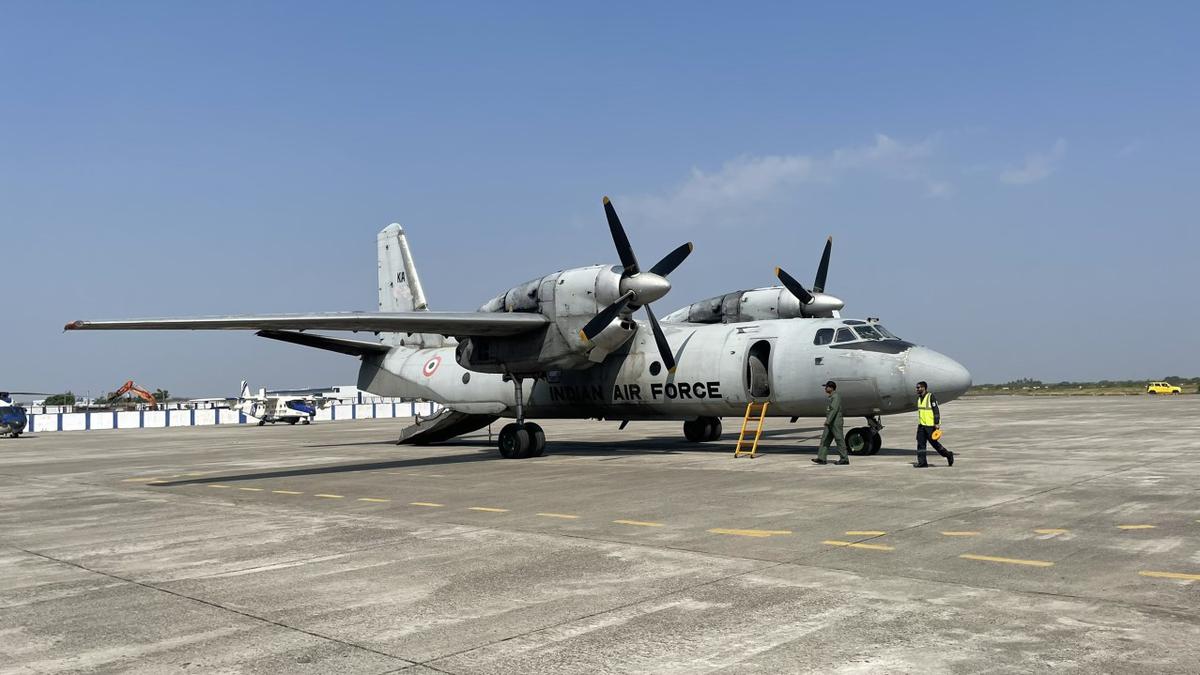
In a candid interview with Bharat Shakti, Air Chief Marshal VR Chaudhuri outlined the Indian Air Force's (IAF) vision for modernizing its vital airlift capabilities.
The recently issued Medium Transport Aircraft (MTA) tender signals a critical shift in IAF strategy, with plans to phase out legacy Soviet-era workhorses like the An-32 and IL-76 in the early 2030s.
The Search for the Ideal Workhorse
The Indian Air Force needs a true workhorse, demonstrating versatility while balancing strategic and tactical needs. The desired cargo capacity of 25-40 tons leaves the IAF with an interesting choice to make. This range places the requirement squarely between traditional 'medium' and 'heavy' airlifter categories.This ambiguity, combined with the shortlist of contenders, hints at several potential IAF priorities:
- Embraer C-390M (Brazil): At the lower end of the desired payload range, the C-390M could represent a desire for a higher number of aircraft for tactical airlift in challenging terrain and a focus on affordability.
- Airbus A400M (Europe): Offering superior payload, the A400M could signal a move towards larger formations of heavier airlifters focused on strategic reach with fewer aircraft needed overall.
- Lockheed Martin C-130J (USA): While a proven platform, falling short of the capacity requirement might indicate the C-130J is only in the running if the IAF lowers its payload target.
Beyond Payload: Critical Factors for the IAF
The final MTA selection won't be based on payload alone. Here's what else the IAF will likely consider in its decision:- Operating Range: India's vast geography and strategic interests demand an aircraft with significant range, even with mid-air refueling capabilities factored in.
- Fuel Efficiency: Lower operational costs are a vital factor in the current budgetary climate, potentially giving an edge to platforms like the fuel-sipping C-390M.
- Life-Cycle Costs: Initial acquisition is only one part of the equation. IAF will analyze maintenance, upgrade potential, and long-term ownership costs.
- 'Make in India' Factor: Domestic production requirements might strongly influence the final choice, possibly giving a hidden edge to a contender willing to establish a substantial manufacturing base in India.
Conclusion
The MTA tender is more than just a procurement decision– it reflects the evolving doctrines of the IAF. The choice that's ultimately made will indicate whether India prioritizes:- Tactical Flexibility: Emphasizing a larger number of smaller aircraft to support operations in diverse, challenging terrain.
- Strategic Reach: Focusing on fewer, larger aircraft capable of projecting power over vast distances quickly.
